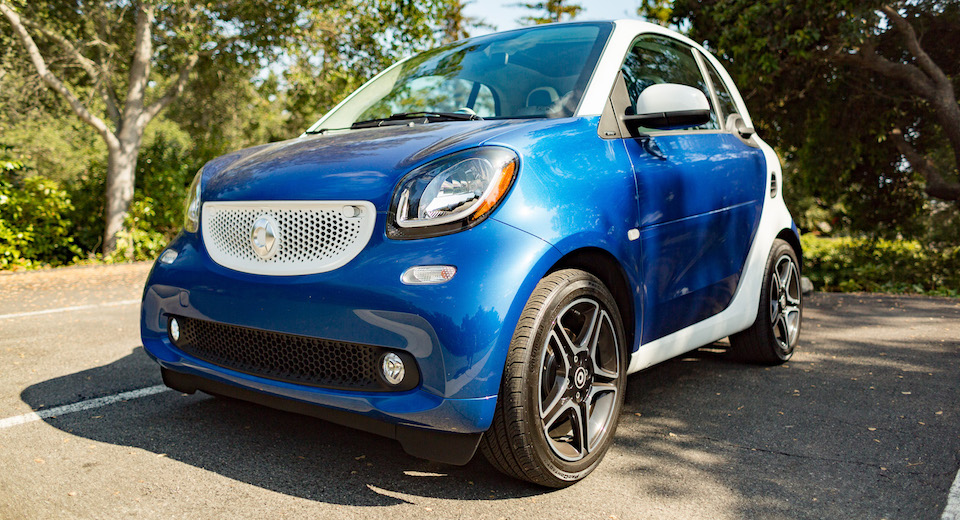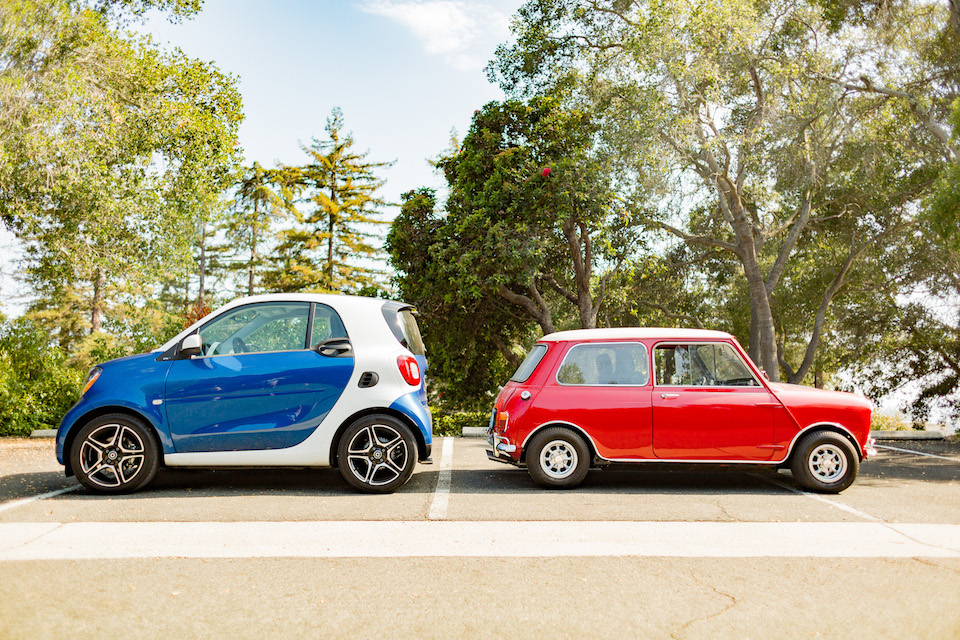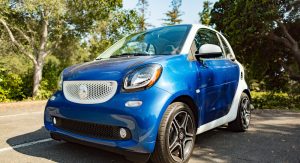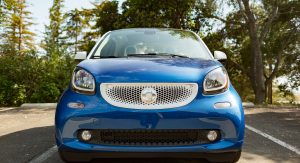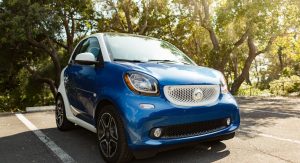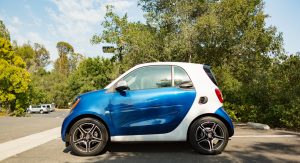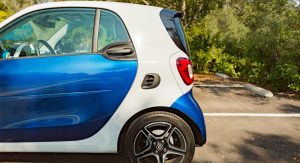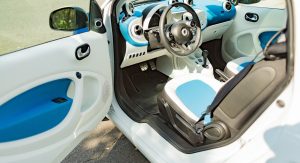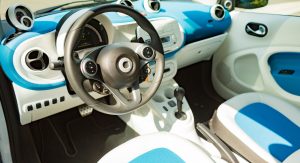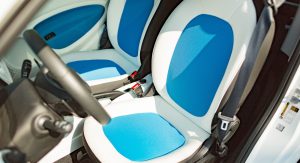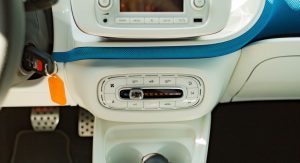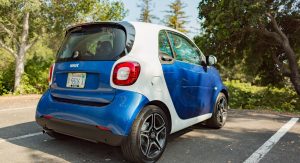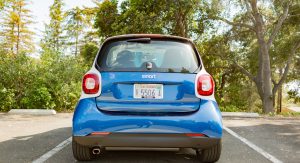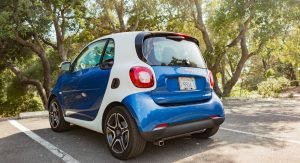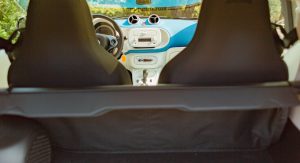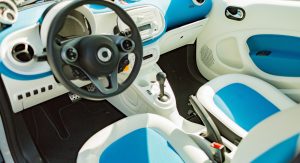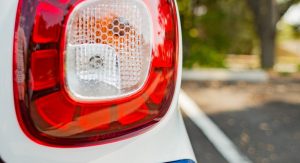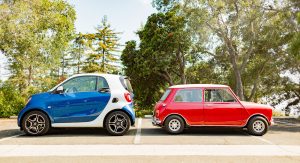The Smart ForTwo is a really small car. The memo has been received.
Yet nearly 20 years after the first iteration emerged, it’s the most striking thing about the car, and its identity. While that’s a good thing, the other issue has been that the Smart is regarded as no more than a toy and not a “real car.” If it were running for office, it would be the biggest insult hurled at it.
This third-generation Smart fixes a lot of what needed fixing on the old car, but at the same time, some new problems were created.
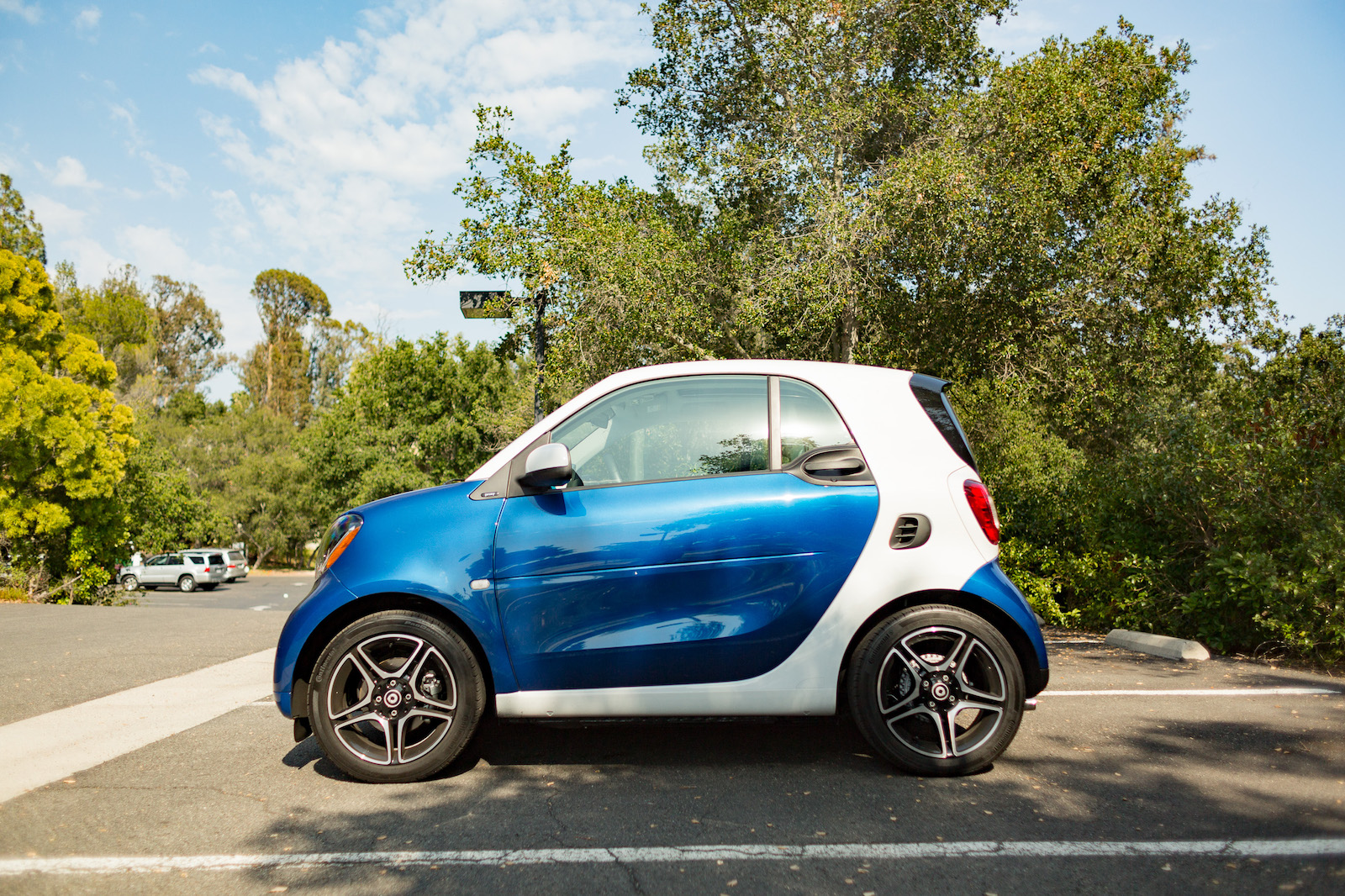
Changing the Smart’s recipe too much would’ve changed its mission in life, so the formula is basically the same: engine at the back, power goes to the back wheels and two seats are nestled under a metal cage with plastic door panels. The diminutive size and dent-resistant panels are the reasons why I nearly tripped on a Smart every block when I lived in Boston, where every car seems to have scars even if wearing a silly bumper protector.
The shape looks a little more purposeful than before, although the front looks a little goofier – if that was possible.
Inside, there is a lot more character, with lots of color and design that makes it impossible to hate being inside it. Ergonomics are weird but at least there’s a height-adjustable driver’s seat to get a decent driving position.
What got worse, however, is the usage of the limited space inside. There wasn’t a good place to put my phone while it was plugged into the map pockets are small and the head unit-mounted USB port. which connects to a radio that looks pretty early 2000s. There’s a slide-out bin under the too-small cupholders and a glove box, but neither is large enough to fit the owner’s manual.
Forget about luggage space. The opening is no longer square, so it limits what kind of things you can put in. Plus, the optional JBL subwoofer takes up at least a third of the overall space, which meant my friend had to ride with a duffel bag in his lap. It probably wouldn’t be able to fit the 500 issues of my high school’s newspaper I once put in a previous-gen Smart, then.
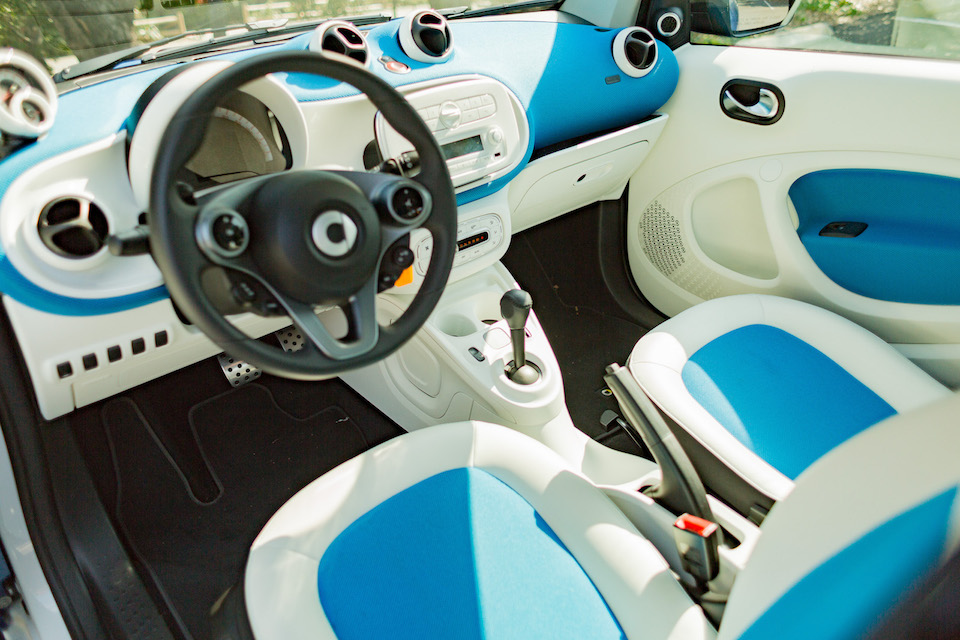
But if it’s just yourself and light luggage, as with most commuters, the Smart is a lot more enjoyable to drive than before. This is due in part to having both power and a transmission that actually works as it should.
The 0.9-liter three-cylinder turbo now has the torque to help pass at speed and spurt in and out of city traffic. While I would’ve liked to try the standard five-speed manual, the $990 Twinamic dual-clutch transmission is leagues better than the old automated manual. Its economy minded gearing means a manual input is required every now and then, but it’s far easier to drive smoothly than ever before.
The new ForTwo is overall a smoother car than before. Revised front suspension pays dividends in providing more insulation from sharp bumps, although the 17-inch (yes, really…) wheels on this car negated that somewhat. But the best trick of all is the turning circle. You’ll find ways to show how tiny it is and no parking spot will be too small.
The added weight and power, however, conspire to take the efficiency aspect out of the Smart’s case. Highway runs netted nearly 40 mpg, which is slightly above the estimated economy. I regularly saw 27 or 28 on the trip computer when driving in town, which is pretty bad for a car of this size. I think the standard five-speed manual might help in this case.
Regardless, it’s hard to give the Smart much of a break on this when family sedans like the Kia Optima can do nearly as well and a car as inexpensive as the Chevy Cruze offers a stop-start system that would likely help the city MPG figure. So would the imminent return of the Electric Drive version.
A video posted by Zac Estrada (@zacestrada) on May 29, 2016 at 3:01pm PDT
The second knock against the Smart, though, is another figure. The price of this top Proxy version with the dual-clutch transmission was just below $21,000 and it could’ve been even more expensive. Sure, $21,000 doesn’t buy what it used to as well-equipped compact sedans push $30,000 now. All the same, it’s too close to the price of small hatchbacks that are efficient, well-rounded transportation, even if they don’t have comical turning circles or fit in impossibly tight parking spaces.
The ForTwo makes more sense around the $17,000 range, which is where you’d find a Passion model with a stick, and this explains why dealers are offering fairly substantial discounts on them at the moment.
So while the 2016 Smart ForTwo is a more substantial car, its case as everyday transportation is hobbled because of its price and fuel economy. I could overlook these problems if I still lived in Boston and could never find a parking spot. Anywhere other than a major city with a parking shortage, it’s hard to make a case for it. It’s one of those concepts you either get it or you don’t. No reason to change, it’s worked fine for Daimler those past two decades.
Photos: Keith Moore/Carscoops



